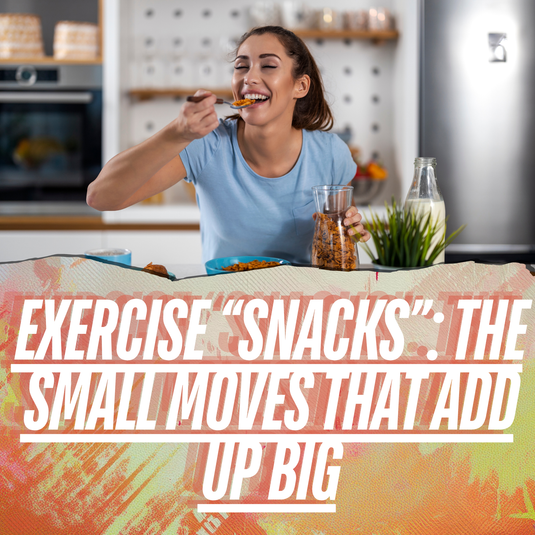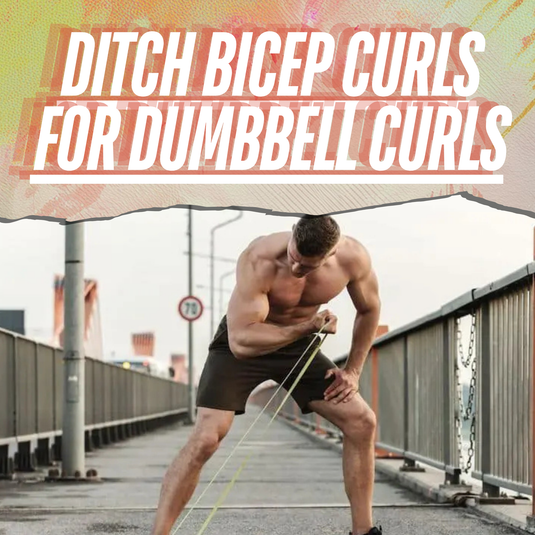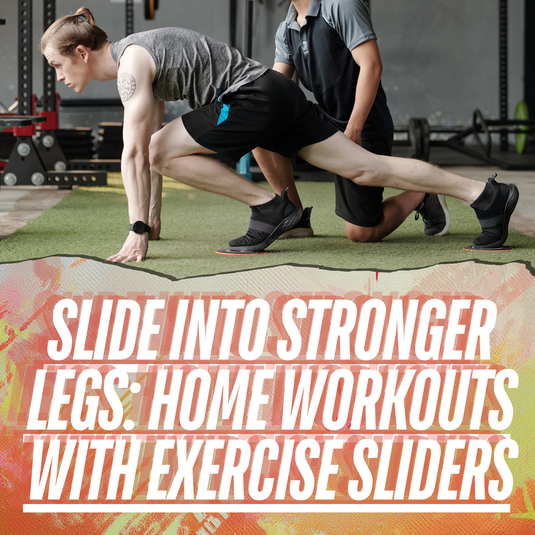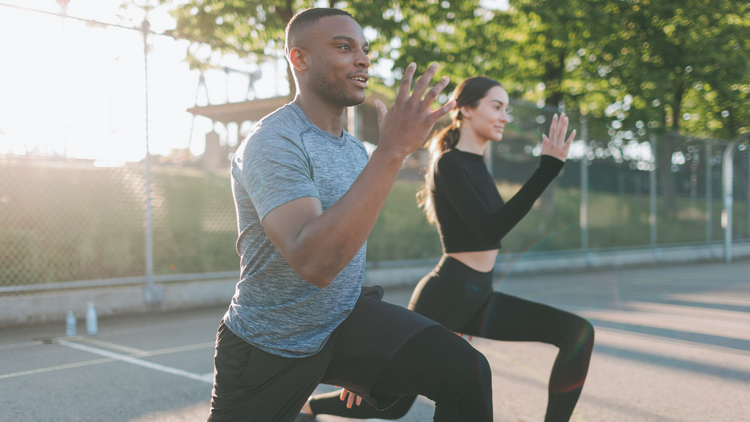Dumbbell Buying Guide: A Beginner's Bible to Choosing the Right Weight
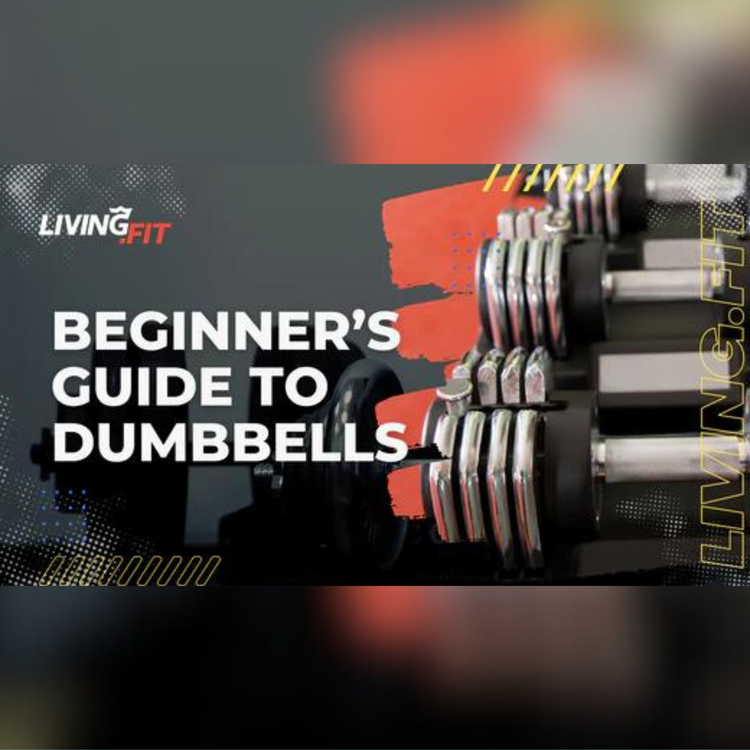
⏱️ Estimated Read Time: 6 minutes
🧠 TL;DR
- Dumbbell Buying Guide: A Beginner's Bible to Choosing the Right Weight offers effective, accessible movements for targeted results.
- This guide is designed to help you move smarter, build strength, and stay consistent.
✍️ Summary
This post explores dumbbell buying guide: a beginner's bible to choosing the right weight in a way that’s actionable and easy to follow. Whether you're new to this style of training or leveling up, it includes practical takeaways for your routine.
📚 Table of Contents
Starting a home gym doesn’t require much, but eventually you need to add dumbbells to your arsenal of fitness tools. Dumbbells can help you evolve your training and take results to the next level. They allow you to get stronger, bigger, can help you get leaner, and you can even train individual limbs or sides of the body.
While they have numerous benefits, dumbbells can also be very expensive. The good news is you don’t have to buy a big rack and numerous pairs of weights. Adjustable dumbbells can be just as valuable, take up less space, and ultimately save you money.
What are Dumbbells?
For those of you that are completely new to the training game, dumbbells are two equal weights with a handle in the middle. They are to be used with one hand so you can isolate the working muscles better than you would with a barbell. Dumbbells can go as light as one pound or as heavy as over 200 pounds.
History of Dumbbells
Dumbbells can be traced back in their simplest form to the Ancient Greeks, but the version we know today were created in England in the early 1700’s. The name came from poet Joseph Addison, who referenced using a “dumb bell” in The Spectator.
Types of Dumbbells
There are three types of dumbbells that are commonly used in home and commercial gyms today - fixed, plate-loaded, and adjustable. All of their names explain how they are made.
Fixed Weight Dumbbells
Fixed weights can either be made with round plates or in hex-shaped form. The hexagon shape became popular on Navy ships, where lifters could set them down without fear of the weight rolling away.
Plate-loaded Dumbbells
Plate-loaded dumbbells are handles that you have to load with weight plates. They are commonly secured by some type of collar.
Adjustable Dumbbells
Adjustable dumbbells are the most modern advancement in this form of resistance. They can be adjusted by turning a dial, handle, or placing a pin in the desired weight to be used.
Benefits of Including Dumbbells in Daily Workout Regimens
Barbells are a very effective tool for lifting weights, as are machines. However, if you’re working both sides at the same time by moving one common object, one side could dominate the movement and compensate for the weaker side. Dumbbells eliminate this issue because each side has to work on its own to achieve the rep being performed.
Dumbbells are also smaller, so you can use them for more exercises than a barbell. Imagine doing a lateral raise or a concentration curl with a barbell. It can be done, but it would be a bigger hassle than the benefits would provide.
They are also very versatile and can be used in multiple ways. You can use both arms or legs at the same time with dumbbells, or you can alternate which side works. You can also use both hands to hold a dumbbell for some movements like a goblet squat or a dumbbell pullover. You can even walk or run with them if you like. They are great training assets to have because you can train for any goal or with any purpose and see improvement.
Helpful Resources:
- Build unlimited workouts here
- Get equipment like dumbbells or resistance bands here
Factors to Consider When Buying Dumbbells
It would be easy to simply find a pair of dumbbells and order them, but if you want the best return on your investment, then you should consider several factors when looking for the best version to have in your training space.
Dumbbell Material
If you’re going to be training in a non-climate controlled area like a barn or garage, then you want weights that can handle different temperatures and climates. Rubber or iron weights would be good options, but keep in mind that even iron weights may be subject to rust without the proper care. If you have a climate-controlled room and don’t plan on training for power, then neoprene weights could serve you best. If you want a long-term option that will not only benefit you now but later on as you progress, then you should consider either plate-loaded weights or adjustable dumbbells. The added bonus to adjustable dumbbells is that you will save space and time because you would still have to load and unload the plate-loaded handles and find places to keep the plates.
Dumbbell Size
When you hold the weight, you want to be able to maintain control from start to finish. If you have a bulky dumbbell that you have to adjust your grip on, then it won’t be as beneficial to you. Unless it’s a big weight you’re working with, go with a smaller option when possible. The handle of the weight should fit comfortably in the hands as well. You want the working muscles to be challenged, not your grip.
Dumbbell Weight
When considering the weights to have, don’t only think about what will challenge you today. Six months from now, you could be stronger and need extra resistance. You could get even stronger a year, two, or three years from now. Instead of buying weights time and time again, buy once and call it a day. This is another reason why adjustable dumbbells are a better option for most home gym owners. However, if you plan on using over 100-pound dumbbells in your training, then go with plate-loaded or fixed dumbbells.
Dumbbell Shape
Many lifters like to have round dumbbells, but hexagonal-shaped weights will stay where you put them. So, you don’t have to pull it or carry it back for the next set. Adjustable dumbbells come in different shapes, and some are larger than others. Look at several options before hitting the order button.
Dumbbell Price and Brand
You want to make sure you know that the weights you buy will last. That’s why you would rather spend a little more money now than going the cheap route and having to buy more weights later. Make sure the weights you invest in have positive customer reviews and a solid reputation in the business. Several reputable brands in the field include Bowflex, Powerblocks, and Living Fit. You can’t go wrong with any of those.
Suggested Weights According to Fitness Level
A beginner that is new to training won’t need as much weight to work with as an advanced lifter. Furthermore, trainees that don’t have serious strength aspirations won’t need as much weight as a powerlifter would. So, this general guide should help you determine how much weight you need.
Beginners and Non-Strength Oriented Lifters
Fitness newcomers and general fitness-minded people shouldn’t be too concerned about buying the biggest weights available. That said, some muscle groups will be stronger than others. So, a range of 10 to 50 pounds would be great for most lifters in this part of their fitness journeys. You want the lighter weights for smaller muscle groups and the top end could be used for the larger muscle groups like the legs and back.
Intermediate Trainees
People that have over six months of experience may be ready to challenge themselves to a greater degree, but the smaller weights can still serve them well. So 10 pounds would still be a good minimum, but you can upgrade to around 80 pounds or so on the high end.
Advanced Athletes
If you’re a dedicated gym rat and want to maximize your strength potential, then you need big weights to do it. That’s why advanced folks should be ready to go up to and even over 100 pound dumbbells. You will very likely need to order fixed weights to reach those kinds of numbers.
Helpful Resources:
- Build unlimited workouts here
- Get equipment like dumbbells or resistance bands here
Popular Dumbbell Workouts
As we mentioned before, you can use dumbbells to train the entire body, but you may need to find exercises to create a routine with. You can see the following suggestions and use any combination of these to create either a full body program or train different muscle groups on different days of the week. All of these exercises can be done with one or both sides working at the same time.
If you want to get stronger, shoot for reps in the 4-8 range. If you want to build muscle size, aim for 6-15 reps per set, and anything over 15 will help you maximize muscular endurance.
Dumbbell Shoulder Workout
- Seated or Standing Dumbbell Press
- Front Dumbbell Raise
- Seated or Standing Lateral Raise
- Rear Lateral Raise
- Upright Rows
Dumbbell Chest Workout
- Flat or Floor Dumbbell Press
- Flat or Floor Dumbbell Flye
- Incline Press
- Incline Fly
- Pushups with Dumbbells in Hands (to increase range of motion)
Dumbbell Back Workout
- Dumbbell Pullover
- Bent-Over Dumbbell Row
- Dumbbell Deadlift
- Incline Bench Dumbbell Row
- Dumbbell Shrugs (Trapezius)
Dumbbell Biceps Workout
- Hammer Curl
- Seated or Standing Dumbbell Curl
- Concentration Curl
- Reverse Curl
Dumbbell Triceps Workout
- Overhead Dumbbell Extension
- Dumbbell Kickback
- Lying Tricep Extension
- Cross-Body Dumbbell Extension
- Close Grip Dumbbell Press
Dumbbell Quadriceps Workout
- Dumbbell Squat
- Jump Squat
- Dumbbell Leg Extension
- Walking Lunge
Dumbbell Hamstrings Workout
- Stiff-Legged Deadlift
- Dumbbell Leg Curl
- Platform Lunge
Dumbbell Calves Workout
- Standing Calf Raise
- Seated Calf Raise
Conclusion
Dumbbells could be part of the foundation of a home gym, or it could be what you need to fulfill your potential. You could drive to a faraway destination without a GPS, but the GPS makes it a better experience. You could still train hard and improve without dumbbells, but having them will improve your overall training experience because of the variety and benefits that come with having them. Your physique and results will speak for themselves once you add them into your game plan.
Helpful Resources:
- Be alerted when we publish more like this to our blog here
- Daily workout plans here
- Fitness Equipment like dumbbells, resistance bands, etc here
- Free dumbbell workouts here
- Follow along with $1 video workouts here
Want more guidance? Check out our Weekly Dumbbell Workout #1.
📝 FAQs
How often should I do these exercises? +
2–3 times per week is a good starting point for most people.
Do I need equipment? +
Many of these can be done with just your bodyweight or a single kettlebell or dumbbell.
Can beginners do these routines? +
Yes! These movements are designed to scale with your fitness level.



